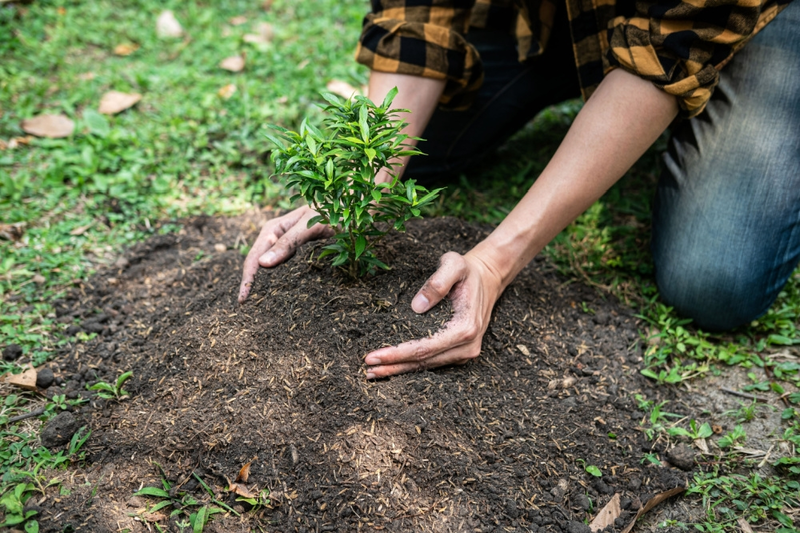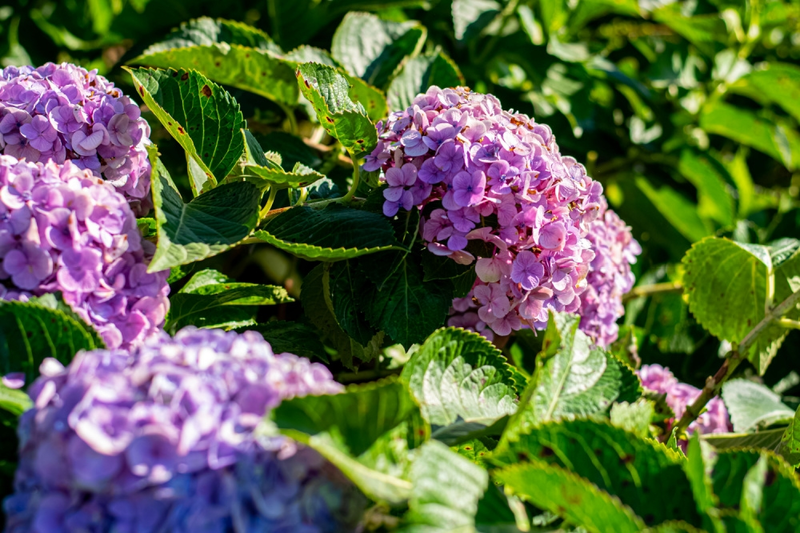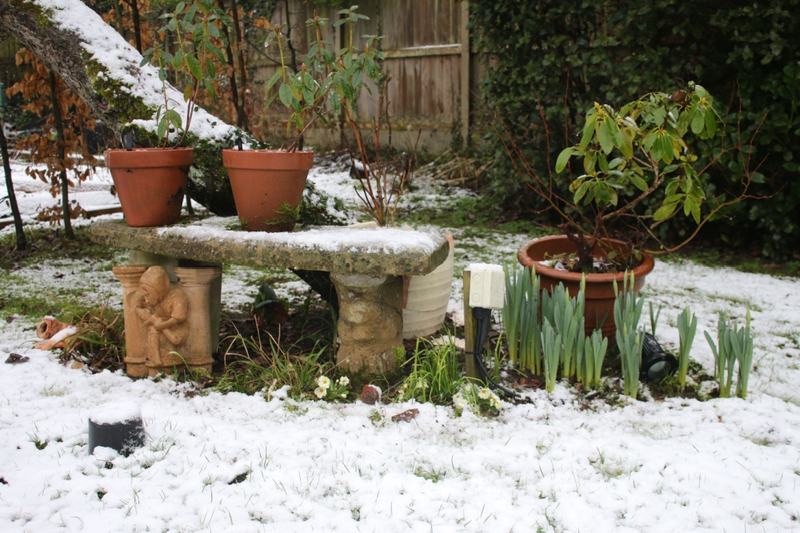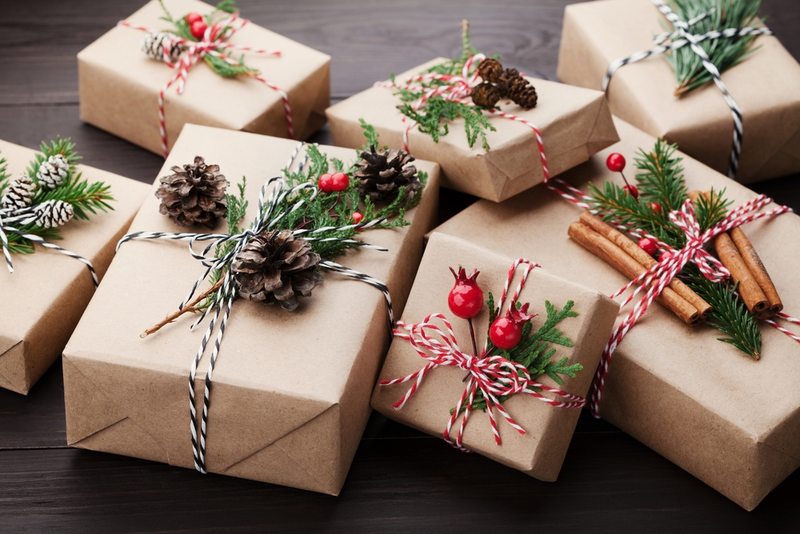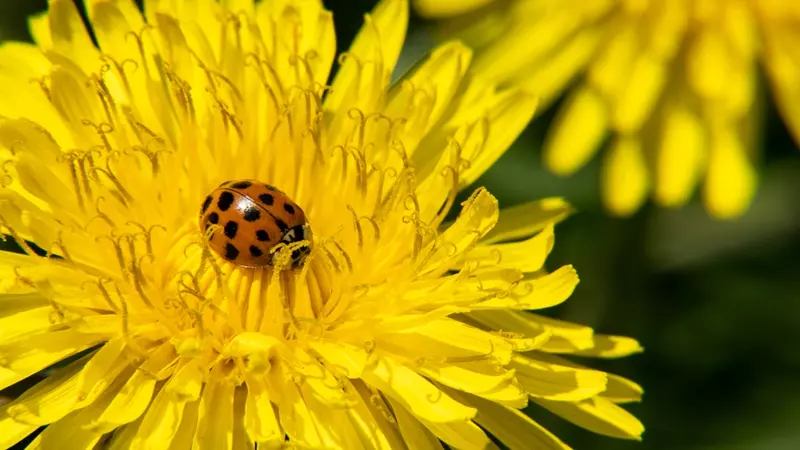
Our gardens are home to an astonishing range of wildlife, providing food and shelter to birds, bees, bugs and all sorts of other creatures. Making our gardens even more wildlife-friendly has never been more important, and here are a few of the best ways to welcome wildlife into your garden.
- Plant pollinator-friendly flowers. Herbs like lavender, rosemary and thyme are fantastic for bees, and single-flowered roses and dahlias have open centres that make it easy for bees to reach the nectar and pollen. Plants with flat flowerheads, like yarrow and coriander, are very popular with ladybirds and hoverflies whose larvae eat huge quantities of aphids. Try to have something in flower for pollinators in each season of the year.
- Plant berry-bearing plants to encourage birds into your garden – the birds will repay your efforts by eating garden pests like aphids and even the occasional slug and snail. Thorny plants like hawthorn and pyracantha provide protection for nesting birds in spring as well as food in autumn.
- Make a log pile in a hidden spot in dappled shade. Log piles are home to beetles, frogs and even the occasional slowworm, which all help to keep down garden pests and form part of the food chain, creating a healthy ecosystem in your garden.
- Many weeds are very beneficial to wildlife, so leave a small area of the garden to grow wild. Dandelions provide nectar for bees early in the year while little else is flowering, and goldfinches love their seedheads, while nettles are a food source for several varieties of butterfly and moth caterpillars.
- Mature ivy is a fantastic plant for wildlife-friendly gardens, so if you have some in your garden, don’t rip it out. The flowers are a magnet for bees in autumn and the black, energy-rich berries that follow them provide food for birds in winter. The evergreen foliage also gives nesting birds good shelter in spring and summer. You can keep ivy under control by cutting it back hard in early spring and leaving it to grow through the rest of the year.
- Add a pond, even if this is just a large washing up bowl filled with water and planted up with a few pond plants. It will give your existing garden wildlife somewhere to drink and bathe on hot days, and will also encourage new wildlife such as pond-skaters, damselflies and even amphibians like frogs and newts. Place some rocks or large pebbles in the pond near the edge to give wildlife a way to get safely in and out of the water.
- Don’t cut back all your perennials in autumn. Hollow flowerstems shelter insects and other invertebrates over winter, and plants like teasels, rudbeckia, sunflowers and echinacea have fantastic seedheads that provide food for birds (and also look great on frosty winter days!)
We have a fantastic range of wildlife-friendly plants available in our centre, so visit us soon – your garden wildlife will thank you for it!

